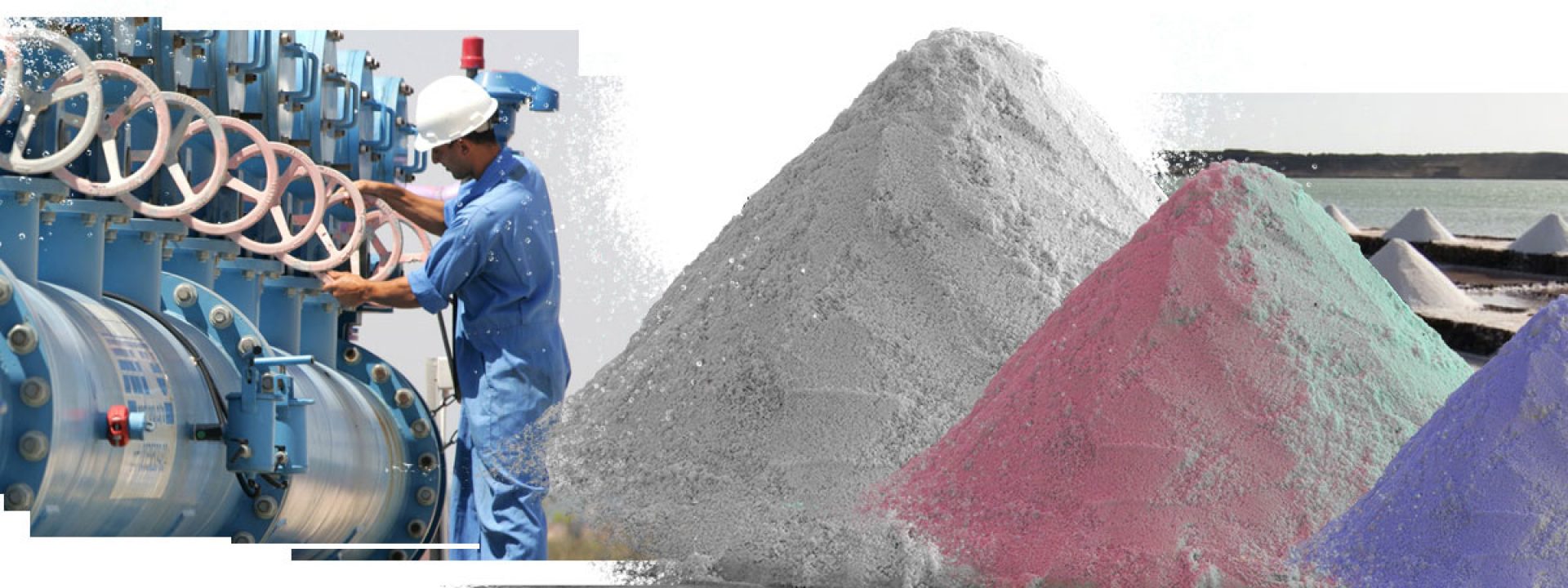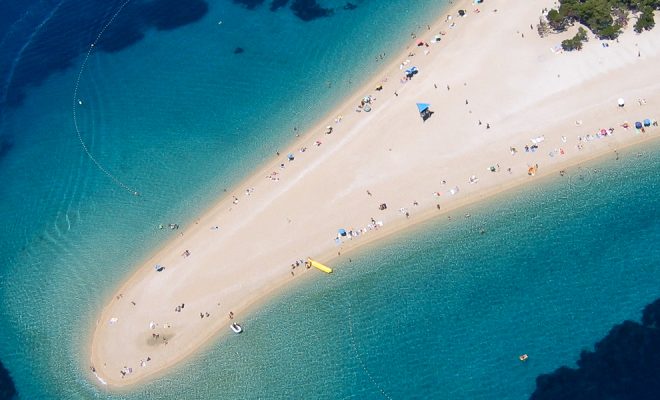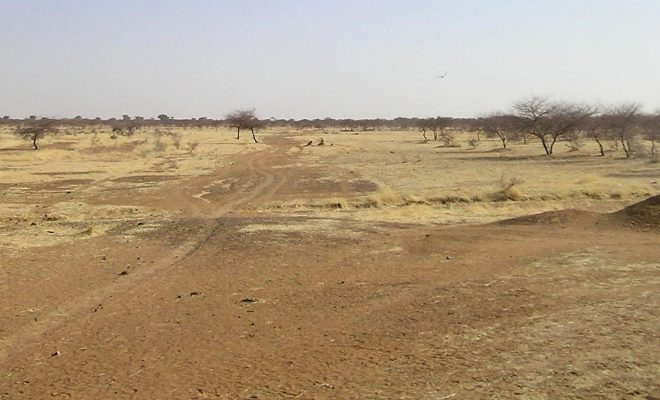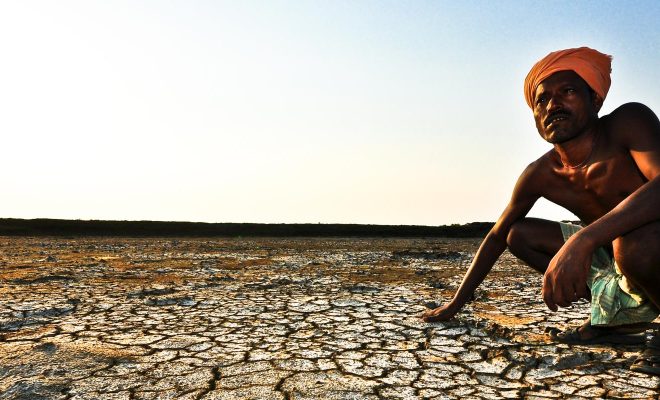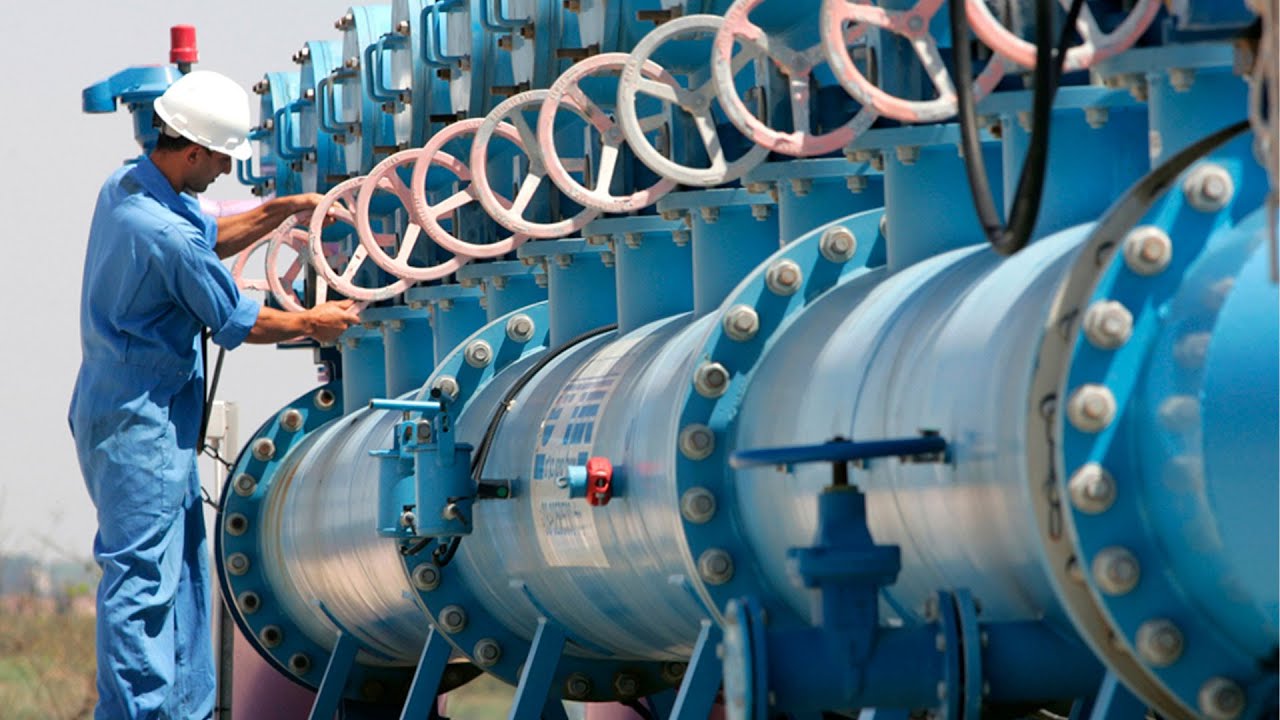
Obtaining fresh water from the sea has thousands of years of history. In ancient Greece, it is believed that Thales of Miletus, the “first philosopher,” around 600 B.C.E., had already experimented with the evaporation of salt water and fresh water production. More than three centuries later, Aristotle mentioned in his works the physical principles by which evaporating water loses its salt. He also observed how salt could be removed by filtering seawater. Finally, in the Renaissance, Leonardo da Vinci predicted that coastal populations could be self-sufficient in drinking water by desalinating seawater with stills installed in the wood-burning stoves of the houses.
After several inventions in the following centuries, an evaporation-condensation system was developed on steamships in 1851, which used the heat from the boilers to generate drinking water for the crew during long voyages. Ten years later, during the American Civil War, the Union Army used, for the first time on land, three of these machines on the islands of Key West and Dry Tortuga, achieving more than 1,000 liters of drinking water per day for more than six months. The British Army also used evaporator-condensers in the Sudanese port of Suakin during the 1880s, obtaining 350 tons of drinking water per day.
These systems were thermal, i.e., they used heat to evaporate the water and condense it, a system that lasted on a small scale with various improvements until 1965, when reverse osmosis desalination was developed, the technology still in use today.
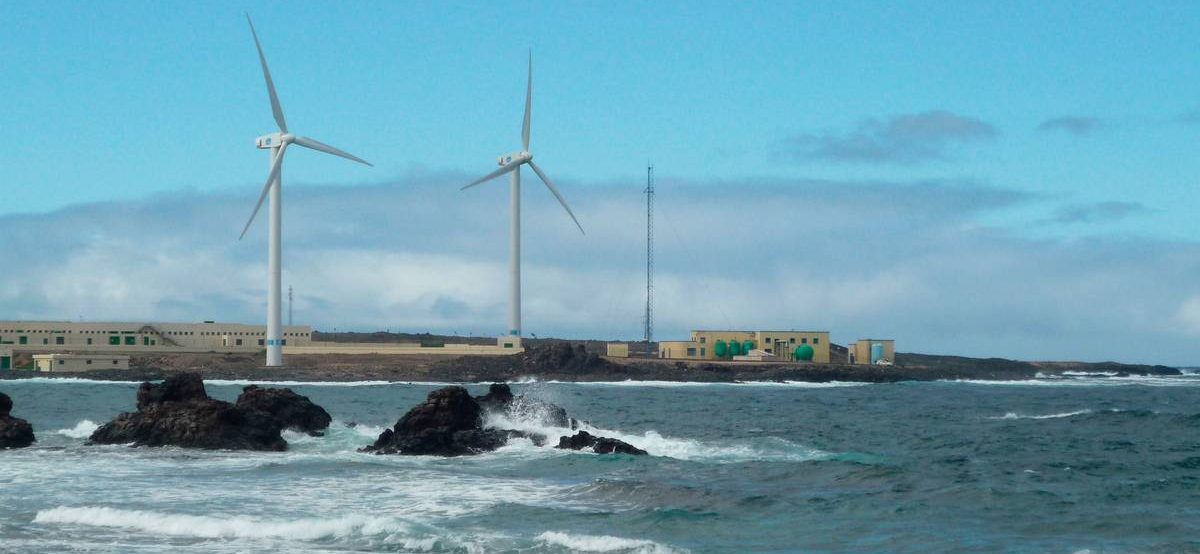
Desalination is an option for reducing water stress that has advanced spectacularly. In the image, a desalination plant is powered by wind energy. © Bill Anderson
Reverse osmosis, an emerging market
Reverse osmosis is based on passing seawater through membranes that filter it and trap the salt. Applying the necessary pressure to get the water through the membranes takes much energy. Still, it is a much more efficient system than thermal distillation, making it more cost-effective. Reverse osmosis systems have been improved significantly over the last few years as they have gained prominence due to the growing water crisis in many areas of the world.
Rapid urban growth and tourism development in areas with endemic water stress have created favorable contexts for the adoption of desalination. In 2018, there were more than 17,000 desalination plants worldwide, and globally, more than 200 million m³ of water is currently desalinated and reused daily. Saudi Arabia now leads the way in desalination: four out of every five liters of freshwater consumed comes from the sea; it is followed by the United Arab Emirates, the USA, Kuwait, Qatar, Japan, and Spain.
The development of desalination is unstoppable in countries with dry climates; in Israel, which has the world’s largest desalination plant, with a water treatment capacity of 624,000 m³ per day, it is estimated that by 2023, nine out of every 10 liters of water consumed will come from desalination plants.
62.3% of the desalinated water is used for human consumption via municipal supply, 30.2% is used by the industry, 4.8% by the energy sector, and 1.8% is used for agricultural irrigation. Cities are the primary consumers of desalinated water. Almost all of them are coastal or at sea level, thus avoiding the energy cost of “lifting” the water from the plants.
In recent years, climate change has increased the expectations placed on desalination. As a result, the sector has concentrated a significant investment in R&D&I, with growth forecasts soaring: according to a report by The Brainy Insights, the global water desalination market is expected to grow from USD 13.5 billion in 2021 to USD 28.83 billion in 2030, with an annual growth rate of 8.8%.
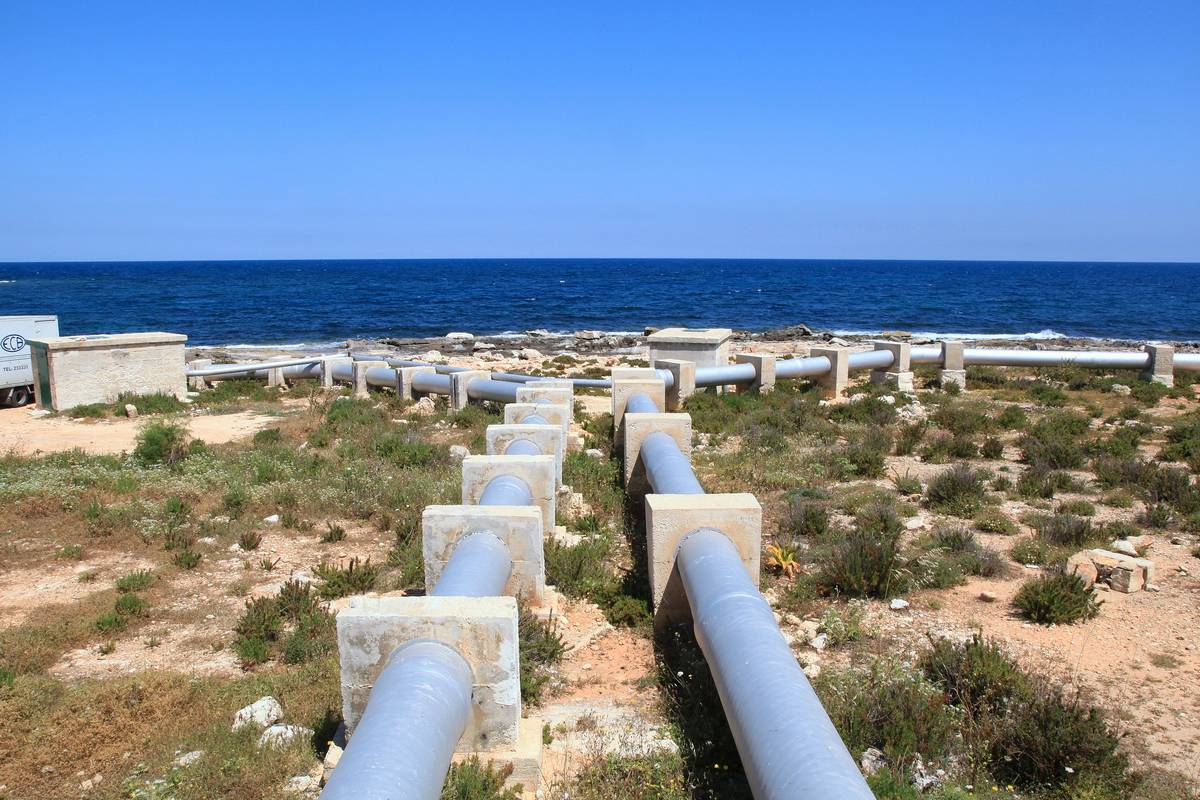
Reverse osmosis systems have been improved significantly over the last few years as they have gained prominence due to the growing water crisis in many areas of the world. In the image, conduction pipes for reverse osmosis. ©Frank Vincent
Desalination for tourism
Tourism is the activity that most stresses the water supply. According to the World Tourism Organization (UNWTO), in European hotels, each guest consumes around 394 liters of water per night; in Hong Kong, Singapore, Indonesia, or Thailand, the average rises sharply to 677, while in Barbados, it reaches 839 liters. To put these figures into perspective: the average European citizen consumes about 127 liters daily. For this reason, an initiative such as Let’s Make a Deal, which we developed the season before the pandemic with Diamond Resorts, shows a model to reduce water consumption in tourist destinations. In total, 970,000 liters were saved by reducing towel washing, and 1.02 million liters were saved by extending the use of sheets.
In Spain, one of the world’s leading tourist destinations, in the Balearic and Canary Islands, desalination plants play a critical strategic role in the economy. For example, in Ibiza, the supply of water produced in desalination plants exceeded that of aquifers for the first time in 2019, with a production of 10.7 cubic hectometers compared to 8.4 cubic hectometers of groundwater. This has been a spectacular evolution since, in 2000, groundwater consumption was 10.9 cubic hectometers, while that of desalinated water barely reached 3.8.
This is one of the strong points in favor of desalination. In addition to ensuring supply for the tourism industry, it relieves the pressure on aquifers, which is essential for preventing soil degradation and biodiversity in areas threatened by aridity.
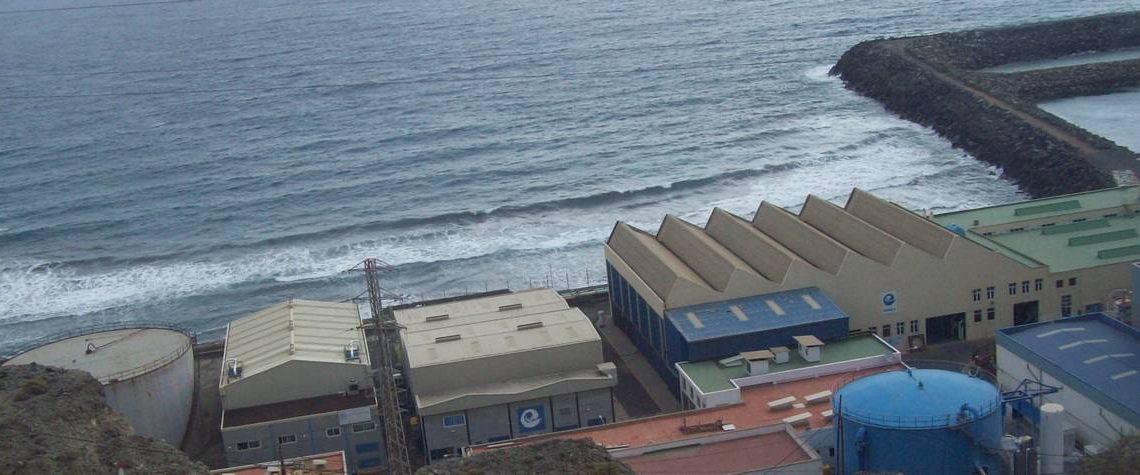
In Spain, one of the world’s leading tourist destinations, in the Balearic and Canary Islands, desalination plants play a critical strategic role in the economy. © vitsoft
The energy problem
Although desalination may appear to be a definitive solution to freshwater scarcity, it presents problems that still need to be solved for its large-scale global application. The first is its high energy consumption, the highest of all forms of water purification, including reuse.
Despite its spectacular reduction since the 1970s, the energy consumption of desalination plants is still very high. The cost of producing desalinated water in a state-of-the-art desalination plant is close to 3 kilowatt-hours per cubic meter (kWh/m3). However, projects are being developed to achieve consumption of less than 1.5 kWh/m3. Today, worldwide, desalination consumes more than 200 million kilowatt-hours every day.
This generates a high economic cost, with the uncertainty caused by an energy market subject to considerable fluctuations and the added problem of CO2 emissions. The solution is the adoption of renewable energies (mainly solar, wind, and geothermal) in the process, with the dual objective of reducing the cost of energy consumption and moving plants toward sustainability.
In 2020, the proportion of renewable energy used in desalination was around 1%. However, there is massive room for improvement, and the technology race is very intense. The World Bank mainly promotes thermal and photovoltaic solar energy for arid regions with the greatest need for desalination. These areas can take advantage of the strong insolation to desalinate using the thermal method of evaporation-condensation. Photovoltaic panels are being applied in multiple reverse osmosis desalination projects, from the design of portable units to giant plants. One of the latter is being built in Al-Khafji, a Saudi city of 65,000 inhabitants near the Kuwait border: using a reverse osmosis process driven entirely by solar energy, the plant will have the capacity to produce 60,000 m3/day and meet the needs of the entire city.
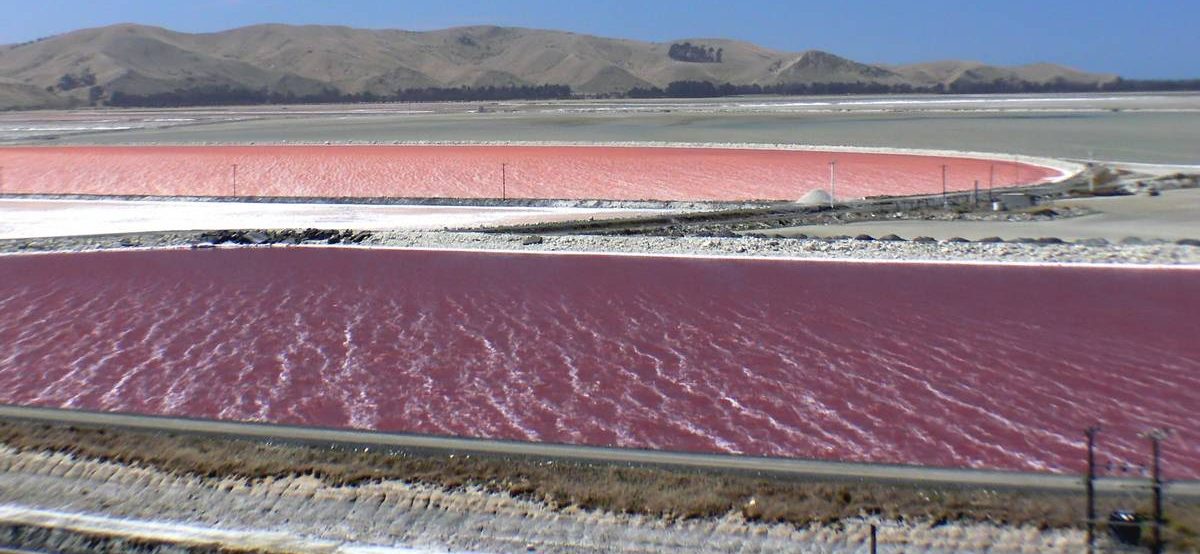
The waste product of the desalination process is brine (salt-saturated water). Approximately one and a half liters of brine is produced for every liter of fresh water. © Bernard Spragg
What to do with the brine?
The waste product of the desalination process is brine (salt-saturated water). Approximately one and a half liters of brine is produced for every liter of fresh water. In 2020, desalination generated more than 53 billion cubic meters per year of this waste, which is returned to the environment, especially the sea. This causes an environmental problem by creating toxic zones of extremely high salinity because, in addition to sodium chloride (NaCl), the brine contains other critical elements in high concentrations: calcium, iodine, lithium, magnesium, potassium, bromine, molybdenum, gallium, vanadium, indium, scandium, rubidium and other materials. If this waste is not adequately diluted and dispersed in the sea, there is a high risk of creating dead zones due to a lack of oxygen and contamination.
The solutions that are being developed mainly involve the use of these elements, some of which are very valuable and very costly to obtain on land. Brine mining, which still needs to be more profitable, is one of the fields of technological development in which most investment is being made to bring desalination closer to the circular economy.
Desalination, a privilege for the rich?
The sustainability of desalination is still being determined. When assessing the drawbacks of gas emissions and brine, its advocates argue that the importance of avoiding the overexploitation of rivers and aquifers, and the harmful consequences for the economy of supply restrictions, must be taken into account. But on the other hand, seawater is a resource that can be considered inexhaustible, but not at any price.
90% of seawater desalination is carried out in the world’s wealthiest countries. However, the high investment required to build the plants and the high cost of the drinking water obtained are obstacles to the weaker economies benefiting from them if it is the most suitable solution to their water needs. Therefore, in addition to reducing the emission of gases and brine into the environment, the high investment in technological research in the desalination sector aims to achieve more affordable installation and production costs by increasing efficiency. In any case, desalination implementation strategies must include alliances between sectors (mainly agriculture, tourism, and industry) and public-private collaboration as a development model.


